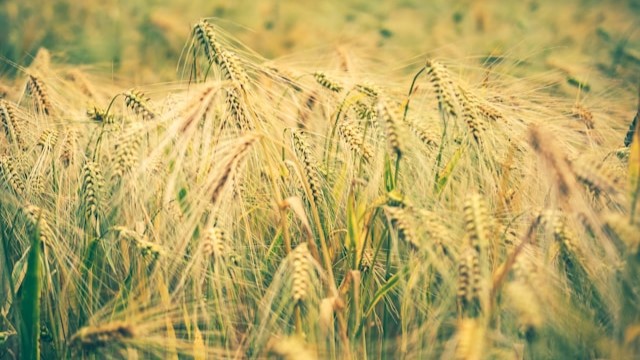On the territory of the Zlatibor district, winter wheat and barley crops are currently in different stages of development, depending on the time of sowing. Developmental stages range from emergence to four developed leaves (BBCH 10-14). Due to the lack of moisture in the arable layer, sowing in many cases was postponed until mid-November.
Visual inspections of plots where crops have already sprouted showed the presence of winged and wingless aphids (Aphididae) on up to 6% of plants, as well as cicadas of the Psammotettix alienus species in the number of 1-2 individuals per square meter. These pests can cause direct damage by sucking plant juices, while indirect damage is even more serious because they act as vectors of phytopathogenic viruses. Virus infection is particularly destructive in the early stages of crop development, which requires careful monitoring. Agricultural producers are recommended to regularly inspect plots in order to determine the presence and abundance of these pests in a timely manner.
Aphids and crops (and other problems)
Currently, the registered abundance of aphids is below the threshold of damage, which at this stage is 10% of plants inhabited by one or more aphids. Similarly, the number of cicadas is also below the harmfulness threshold, which is 5 individuals per square meter. Due to this situation, chemical protection measures are not recommended for now. The forecast of lower temperatures and morning frosts in the coming days will contribute to a further reduction in the number and activity of these pests.

As for other potential problems, the presence of field mouse (Apodemus sylvaticus) and field vole (Micotus arvalis) has not been recorded so far, nor the presence of plant diseases. However, farmers are advised to visit crops regularly and monitor the number of active rodent holes. The damage threshold for the field mouse is 10 to 50 active holes per hectare. At the same time, for the field vole, that threshold is from 10 to 500 holes per hectare. If these thresholds are exceeded, it is recommended to apply registered rodenticides in the form of ready-made baits, with mandatory backfilling of holes to prevent poisoning of game and birds.
The regional center of Užice continues with regular monitoring of the condition of winter small grain crops and timely notification of agricultural producers about the possible need for interventions. This practice allows crops to remain healthy. At the same time, the reduction of damage from pests and rodents is promoted, with minimal use of chemical agents.
Source: Good morning
Source: boljazemlja.com


